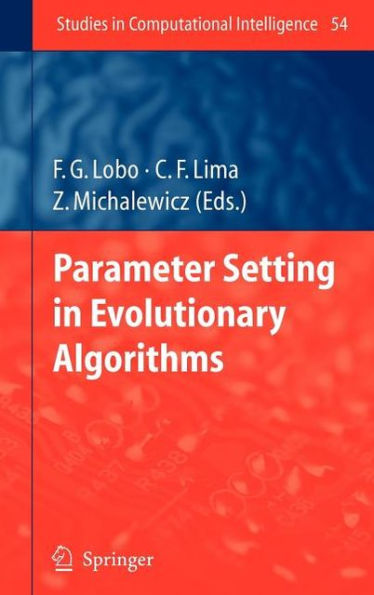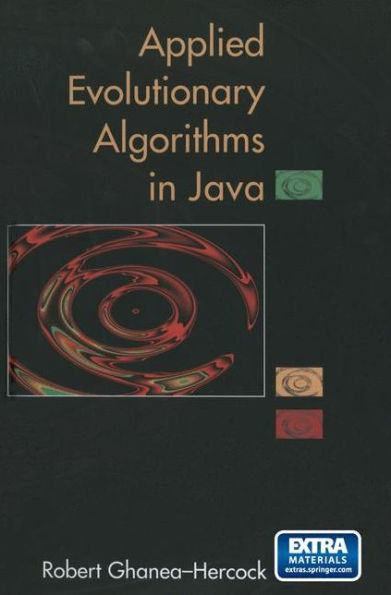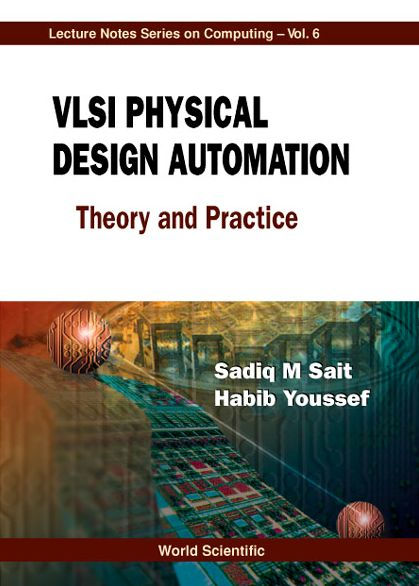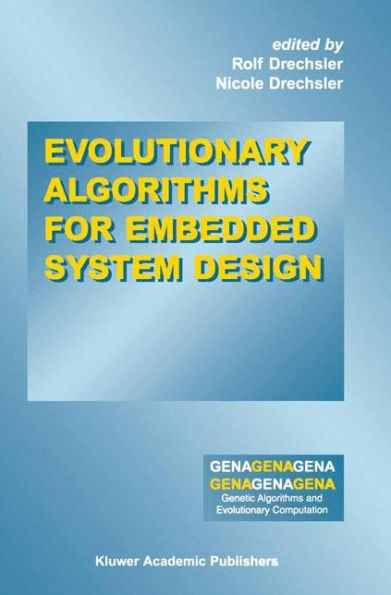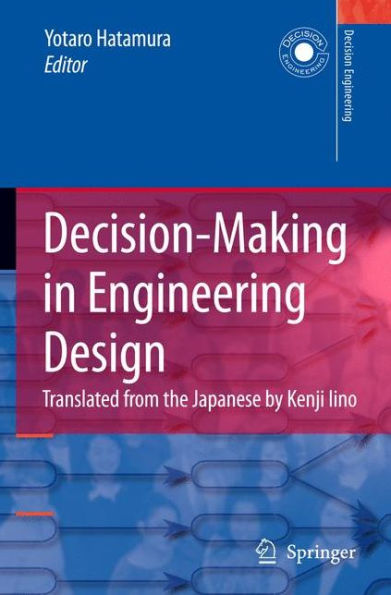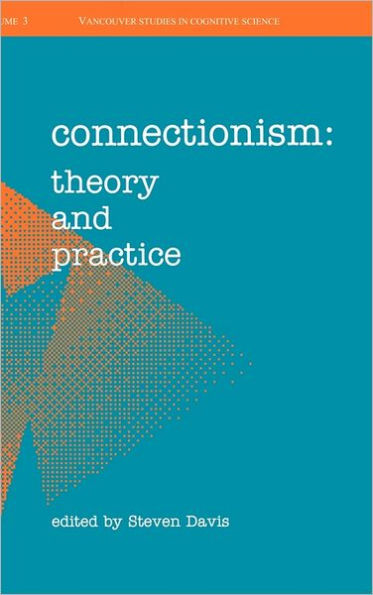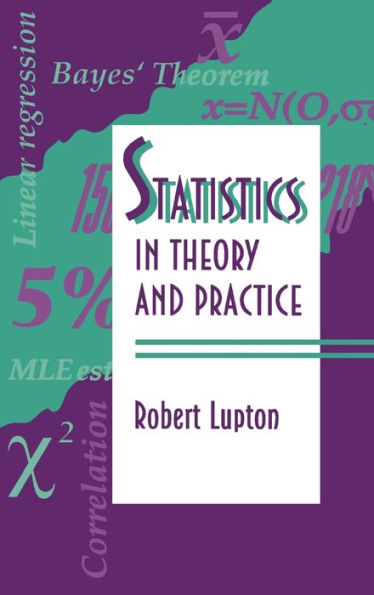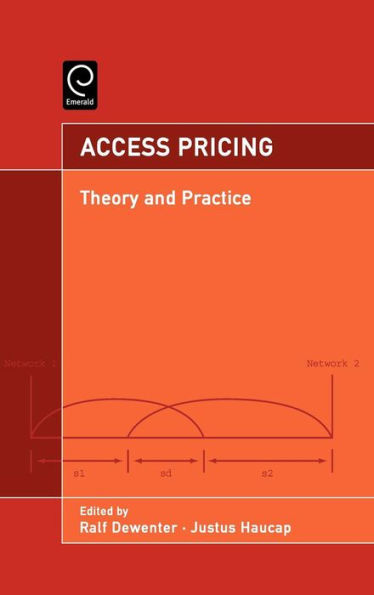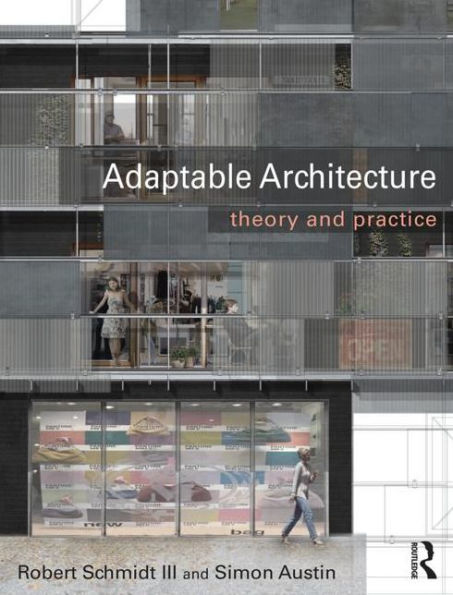Home
Advances in Evolutionary Algorithms: Theory, Design and Practice / Edition 1
Loading Inventory...
Barnes and Noble
Advances in Evolutionary Algorithms: Theory, Design and Practice / Edition 1
Current price: $109.99
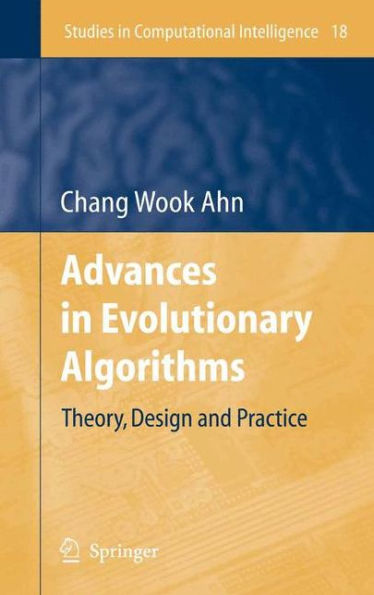

Barnes and Noble
Advances in Evolutionary Algorithms: Theory, Design and Practice / Edition 1
Current price: $109.99
Loading Inventory...
Size: OS
*Product Information may vary - to confirm product availability, pricing, and additional information please contact Barnes and Noble
Every real-world problem from economic to scientific and engineering fields is ultimately confronted with a common task, viz., optimization. Genetic and evolutionary algorithms (GEAs) have often achieved an enviable success in solving optimization problems in a wide range of disciplines. The goal of this book is to provide effective optimization algorithms for solving a broad class of problems quickly, accurately, and reliably by employing evolutionary mechanisms. In this regard, five significant issues have been investigated:
• Bridging the gap between theory and practice of GEAs, thereby providing practical design guidelines.
• Demonstrating the practical use of the suggested road map.
• Offering a useful tool to significantly enhance the exploratory power in time-constrained and memory-limited applications.
• Providing a class of promising procedures that are capable of scalably solving hard problems in the continuous domain.
• Opening an important track for multiobjective GEA research that relies on decomposition principle.
This book serves to play a decisive role in bringing forth a paradigm shift in future evolutionary computation.
• Bridging the gap between theory and practice of GEAs, thereby providing practical design guidelines.
• Demonstrating the practical use of the suggested road map.
• Offering a useful tool to significantly enhance the exploratory power in time-constrained and memory-limited applications.
• Providing a class of promising procedures that are capable of scalably solving hard problems in the continuous domain.
• Opening an important track for multiobjective GEA research that relies on decomposition principle.
This book serves to play a decisive role in bringing forth a paradigm shift in future evolutionary computation.

